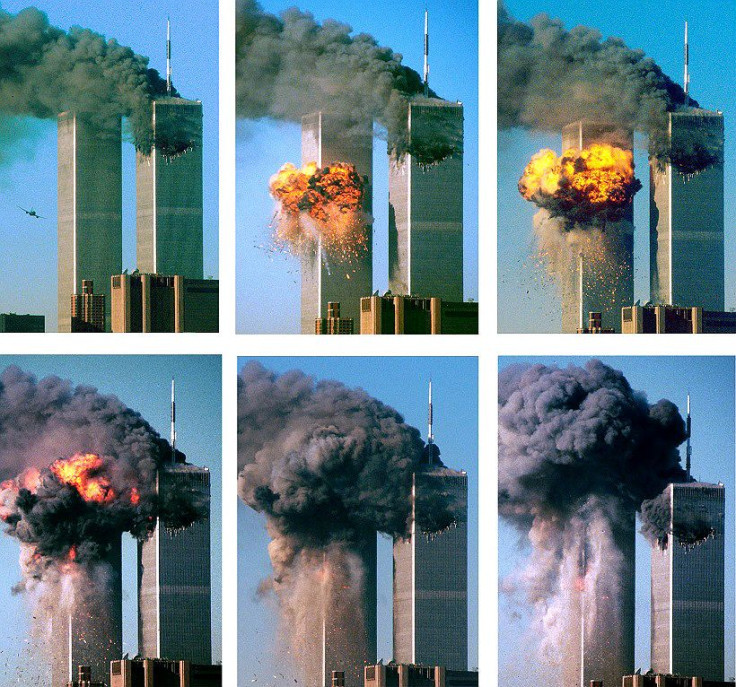Viewer Discretion Is Advised: Watching Disturbing News Footage Can Damage Long-term Mental and Physical Health

People are increasingly able to watch global drama unravel as more and more 24-hour news channels and social media websites bring in a constant stream of disturbing footage from war zones in faraway lands, but scientists say that the constant exposure to distressing news could actually negatively impact our long term health.
Researchers from the University of California, Irving found that the repeated exposure to violent images of terrorist attacks and war zones may have led to an increase in physical and psychological ailments among a cross section of American viewers.
The latest findings suggest that there may be long-term effect of "collective traumas," like natural disasters, mass shootings and terrorist attacks, and what a steady stream of graphic media images may have on the mental and physical health of a population.
However, lead researcher Roxane Cohen Silver said that she did not believe in restricting or censoring war images for the psychological wellbeing of the public.
"Instead, I think it's important for people to be aware that there is no psychological benefit to repeated exposure to graphic images of horror," she said.
The study involved more than 1,000 participants. Researchers assessed the health of all participants in the weeks before and after the 9/11 terrorist attacks in 2001 and the beginning of the Iraq war in 2001, and measured participants' media exposure and their acute stress response.
Researchers found that nearly 12 percent of the 1,322 participants in the study reported high levels of acute stress related to 9/11 and about 7 percent reported high levels of acute stress related to the Iraq War.
Results of the study showed that people who watched more than four hours a day of 9/11 and Iraq War-related television coverage were significantly more likely to report both acute and post-traumatic stress symptoms over time.
The findings show that these people were also more likely to report doctor-diagnosed physical illnesses two to three years later. Researchers reported that seeing two particular kinds of images in the early stages of the Iraq War was associated with post-traumatic stress symptoms over time: soldiers involved in battle and dead U.S. and Allied soldiers.
"The results suggest that exposure to graphic media images may be an important mechanism through which the impact of collective trauma is dispersed widely," Silver said in a statement. "Our findings are both relevant and timely as vivid images reach larger audiences than ever before through YouTube, social media and smartphones."
"When we consider that graphic images of individuals being overcome by the 2011 tsunami in Japan were shown repeatedly, that a vigorous debate occurred last year regarding the release of the gruesome death photos of Osama bin Laden, and that vivid and disturbing images of 9/11 will likely appear on our television screens marking the anniversary of the attacks, we believe that our paper has something important to say regarding the impact of repeated exposure to graphic traumatic images," she concluded.
The latest study was funded by the National Science Foundation, and is expected to appear in a forthcoming issue of the journal Psychological Science.



























